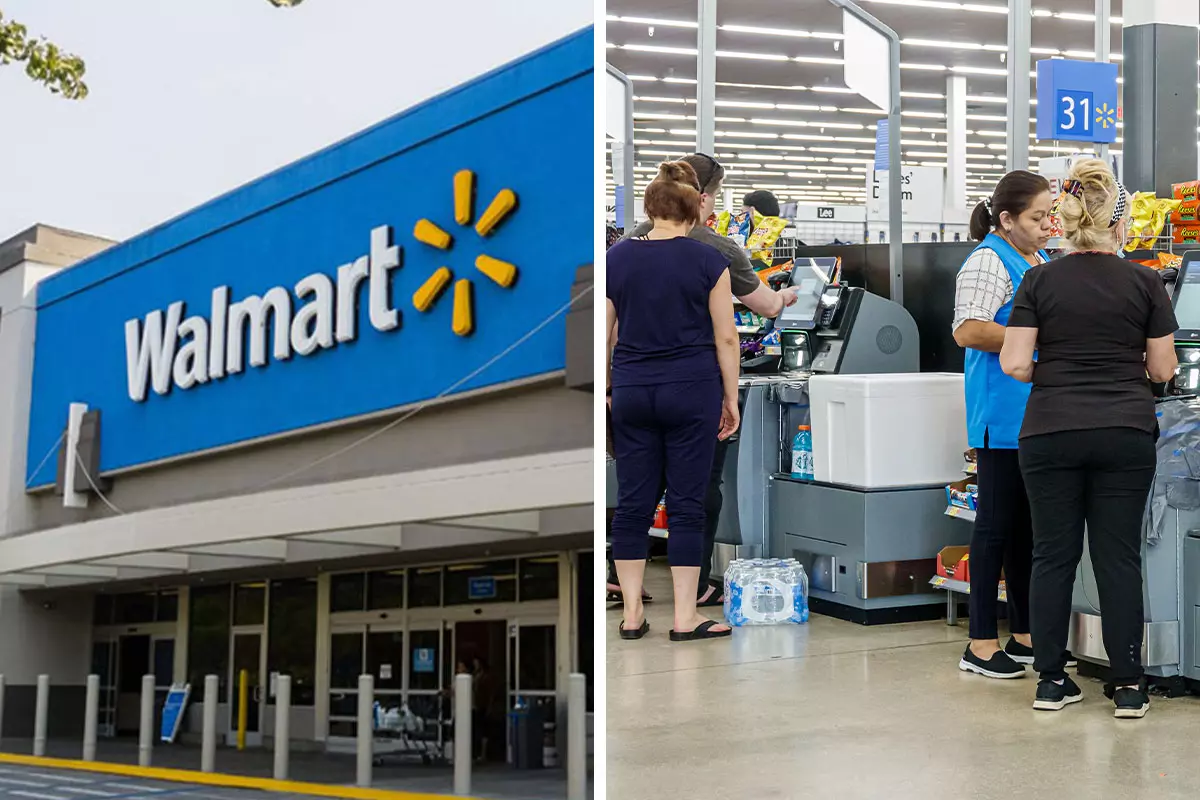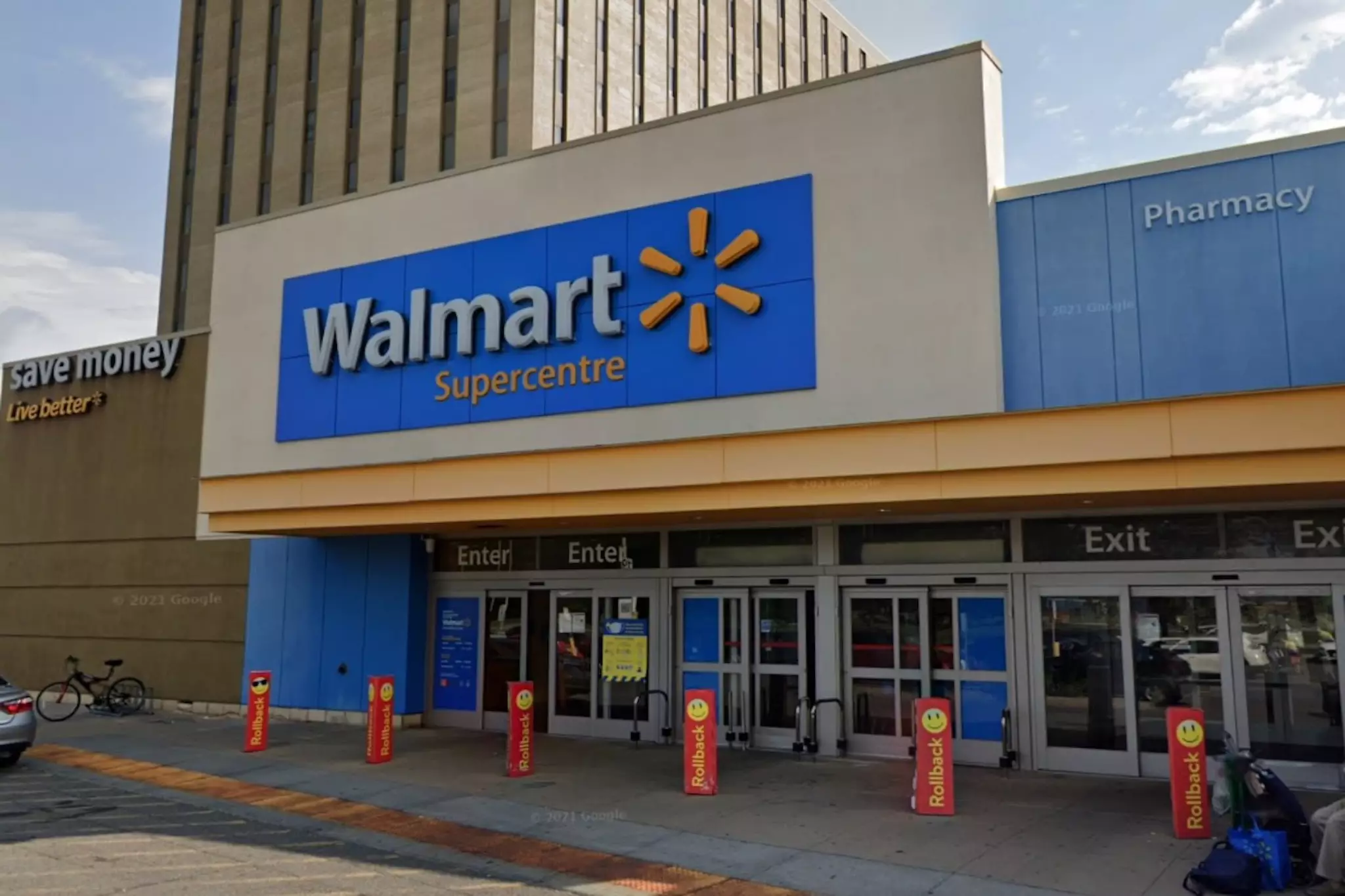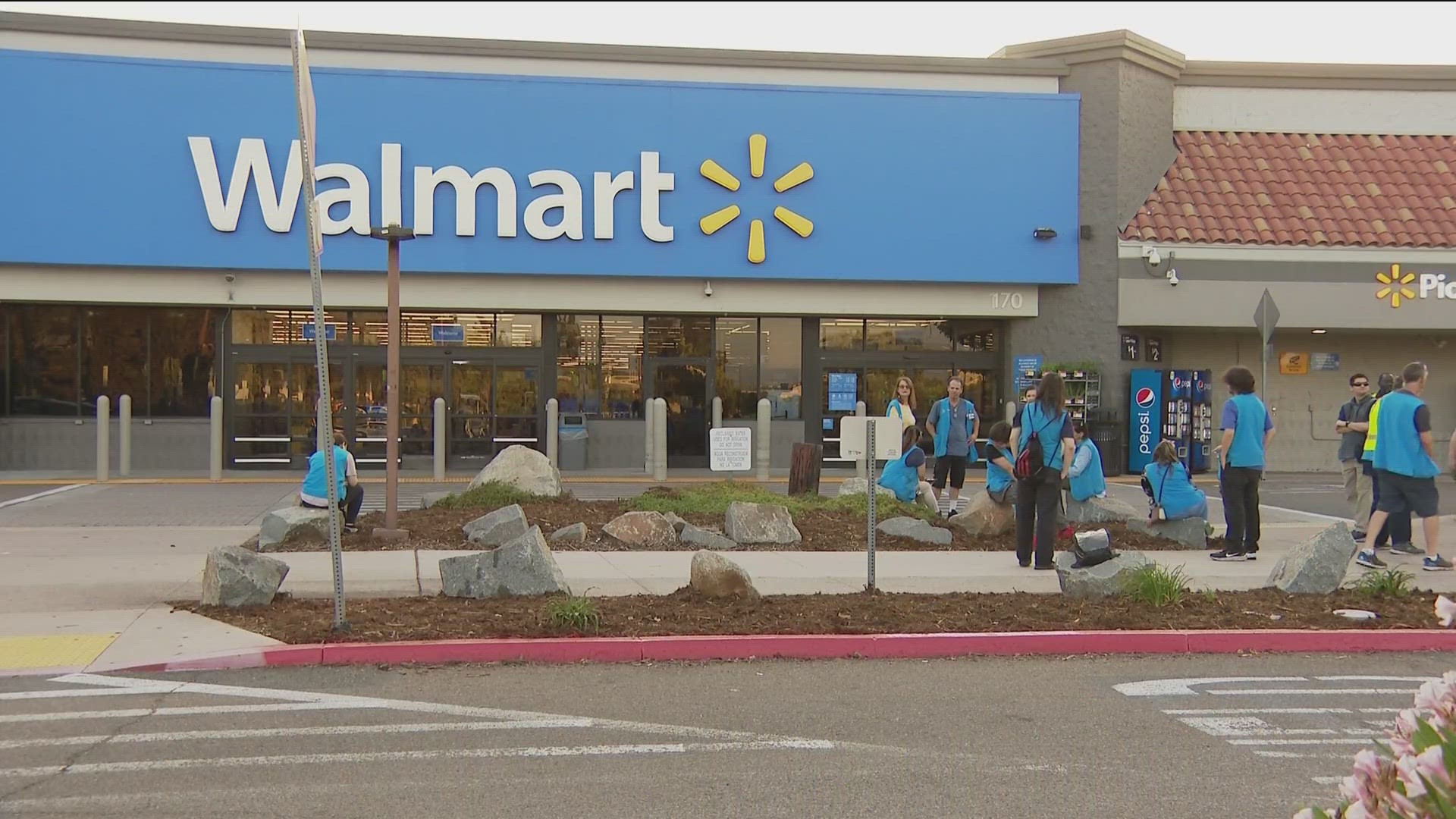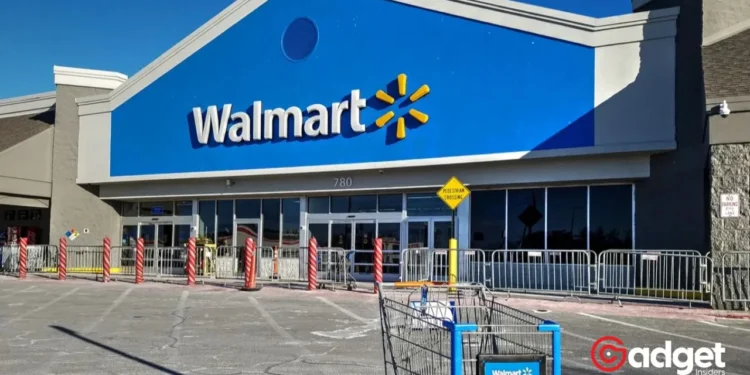In a controversial move that’s dividing opinions among consumers and retail analysts, Walmart has introduced a £76 yearly fee for customers wishing to use self-checkout lanes. This policy, part of Walmart’s subscription service, Walmart+, and its Sparks delivery service, aims to streamline the checkout process and combat theft but has raised questions about its impact on shopper convenience and the company’s motives.
The Spark of Debate: Walmart’s Exclusive Self-Checkout
The announcement, initially spotted in a Reddit post displaying a Walmart store sign, restricts self-checkout lanes to Walmart+ members and Spark drivers. This exclusivity has ignited frustration among regular customers, now relegated to longer lines at traditional checkouts, sparking a heated debate on consumer rights and corporate strategies.

The decision to designate select self-checkout stations for Walmart+ customers and Spark drivers was intended to streamline the checkout process and enhance delivery services.
Despite assurances, the move has been perceived by many as a push towards increasing Walmart+ subscriptions, stirring controversy over the balance between theft prevention and profit maximization.

The Retail Dilemma: Theft Prevention vs. Customer Convenience
The introduction of self-checkout lanes was originally celebrated as a win-win for retailers and consumers, promising reduced labor costs and faster transactions. However, the flip side has been an uptick in “shrinkage,” retail jargon for losses due to theft, both intentional and accidental.
The challenge has grown to the extent that other major players like Target are also rethinking their self-checkout policies.
Walmart forces you to do their job in the self-checkout lanes so they can have fewer employees; now they want to charge you almost $100 dollars a year for the privilege. https://t.co/INKErOnzMw
— Gurg (@Gurg72094379) March 12, 2024
The retail giant’s strategy to make self-checkout a premium feature underscores a broader industry trend grappling with the dual goals of enhancing customer experience and mitigating theft.
However, critics argue that such measures unfairly penalize all customers for the actions of a few, suggesting that the £76 fee is less about security and more about bolstering Walmart’s revenue through its subscription model.
Navigating the Checkout Challenge
Walmart’s bold step raises several pertinent questions: Can limiting self-checkout to subscribers effectively curb theft, or does it risk alienating a significant portion of the customer base? Moreover, is the imposition of a fee for what was once a free convenience justifiable in the name of loss prevention?
As the retail sector continues to evolve amidst technological advancements and changing consumer behaviors, the company’s experiment may offer valuable insights into the effectiveness of subscription-based privileges as a solution to retail challenges.
However, it remains to be seen whether the benefits of such a strategy will outweigh the potential backlash from consumers who view the move as a thinly veiled attempt to extract more money under the guise of theft prevention.

Walmart’s balancing act between deterring theft and maintaining customer satisfaction is a microcosm of the broader challenges facing the retail industry today. As companies navigate these waters, the ultimate verdict will likely be delivered by consumers voting with their wallets.










